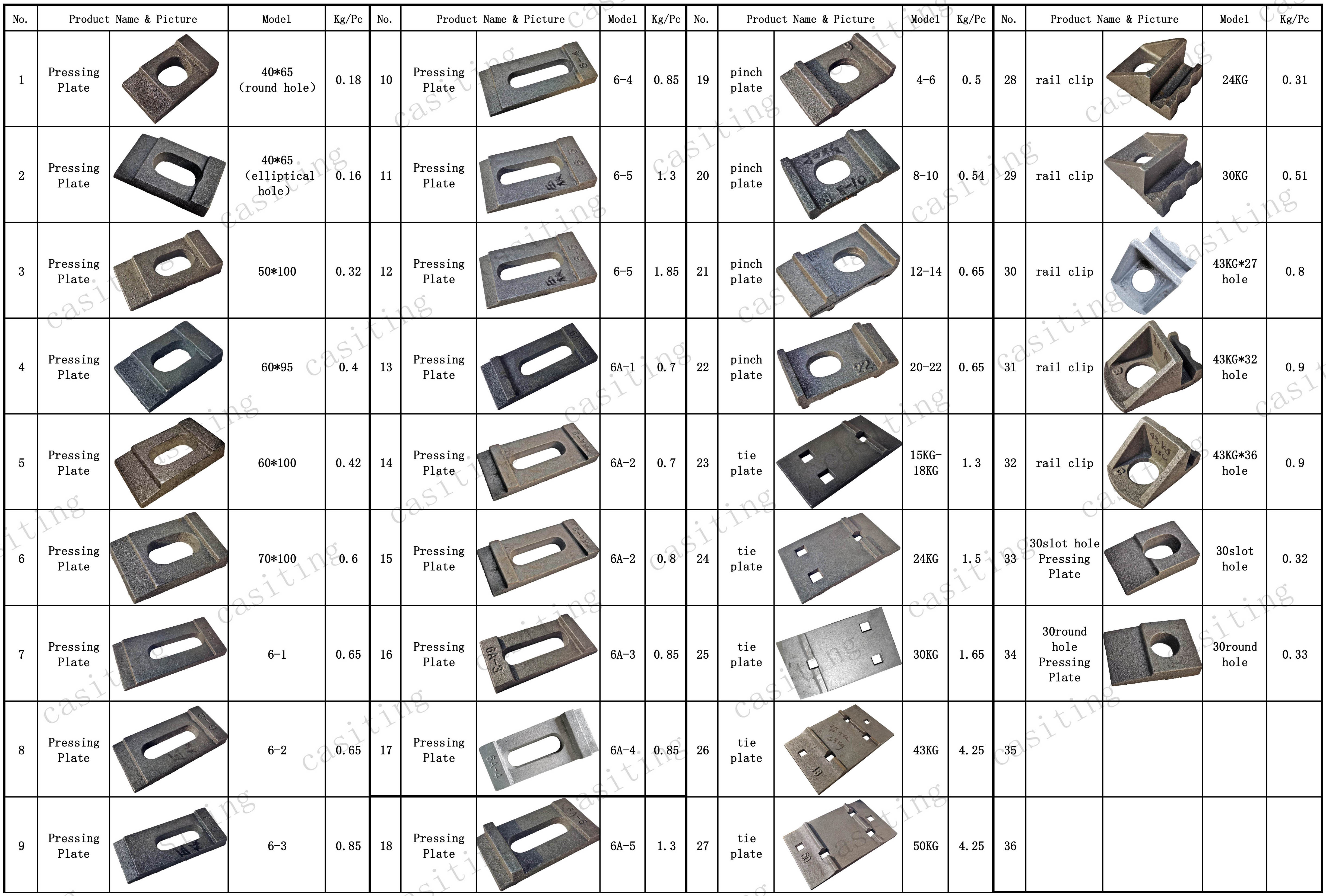- Afrikaans
- Albanian
- Amharic
- Arabic
- Armenian
- Azerbaijani
- Basque
- Belarusian
- Bengali
- Bosnian
- Bulgarian
- Catalan
- Cebuano
- China
- China (Taiwan)
- Corsican
- Croatian
- Czech
- Danish
- Dutch
- English
- Esperanto
- Estonian
- Finnish
- French
- Frisian
- Galician
- Georgian
- German
- Greek
- Gujarati
- Haitian Creole
- hausa
- hawaiian
- Hebrew
- Hindi
- Miao
- Hungarian
- Icelandic
- igbo
- Indonesian
- irish
- Italian
- Japanese
- Javanese
- Kannada
- kazakh
- Khmer
- Rwandese
- Korean
- Kurdish
- Kyrgyz
- Lao
- Latin
- Latvian
- Lithuanian
- Luxembourgish
- Macedonian
- Malgashi
- Malay
- Malayalam
- Maltese
- Maori
- Marathi
- Mongolian
- Myanmar
- Nepali
- Norwegian
- Norwegian
- Occitan
- Pashto
- Persian
- Polish
- Portuguese
- Punjabi
- Romanian
- Russian
- Samoan
- Scottish Gaelic
- Serbian
- Sesotho
- Shona
- Sindhi
- Sinhala
- Slovak
- Slovenian
- Somali
- Spanish
- Sundanese
- Swahili
- Swedish
- Tagalog
- Tajik
- Tamil
- Tatar
- Telugu
- Thai
- Turkish
- Turkmen
- Ukrainian
- Urdu
- Uighur
- Uzbek
- Vietnamese
- Welsh
- Bantu
- Yiddish
- Yoruba
- Zulu
Aug . 13, 2024 07:40 Back to list
Innovative Techniques for Precision Machining of Complex Mechanical Components and Parts
Understanding Machining Parts A Deep Dive into the Manufacturing Process
In the modern manufacturing landscape, machining plays a crucial role in the production of precision components. Machining refers to a group of processes that involves removing material from a workpiece to achieve desired dimensions and surface finishes. This technique is widely used in various industries, including aerospace, automotive, medical, and electronics, making it a cornerstone of contemporary manufacturing.
Types of Machining Processes
Machining encompasses a variety of techniques, each tailored to specific applications and types of materials. The most common machining processes include turning, milling, drilling, grinding, and electrical discharge machining (EDM).
1. Turning This process is performed on a lathe, where the workpiece rotates against a stationary cutting tool. Turning is primarily used to create cylindrical shapes, such as shafts and fittings. The precise control over speed and feed allows for the production of intricate geometries with a smooth surface finish.
2. Milling In milling, a rotating cutter removes material from a stationary workpiece. This versatile process can produce complex shapes, slots, and contours. Vertical and horizontal milling machines are widely used, with CNC (computer numerical control) machines becoming increasingly prevalent for their efficiency and precision.
3. Drilling This process involves creating round holes in a workpiece using a drill bit. While mainly associated with producing holes, drilling operations can be combined with other machining processes to achieve more complex designs.
4. Grinding Grinding is a finishing process that utilizes an abrasive wheel to remove small amounts of material, resulting in high dimensional accuracy and a superior surface finish. It is particularly useful for achieving tight tolerances and polishing parts to a fine finish.
5. Electrical Discharge Machining (EDM) This non-traditional machining process employs electrical discharges (sparks) to erode material from a conductive workpiece. EDM is especially effective for producing intricate shapes and is commonly used in tooling and mold-making applications.
machining parts

Materials Used in Machining
Machining can be performed on a wide range of materials, including metals, plastics, and composites. Common materials like steel, aluminum, brass, and titanium are favored for their mechanical properties and versatility. Each material presents unique challenges concerning its machinability, hardness, and thermal properties, necessitating tailored machining strategies.
Advantages of Machining Parts
One of the primary advantages of machining is its ability to produce high-precision components with excellent surface finishes. Machining allows for tight tolerances, often within a few micrometers, which is vital in applications that require exact specifications. Additionally, machining is a subtractive process, enabling the creation of complex shapes from solid materials, thus minimizing waste.
Moreover, with advancements in CNC technology, machining has become more efficient and repeatable. Automated machining centers can produce large volumes of identical parts while maintaining consistency in quality, which is essential for industries that rely on high production rates.
The Future of Machining
The future of machining parts is poised for exciting developments. Innovations such as additive manufacturing (3D printing) are gradually being integrated with traditional machining processes to create hybrid solutions that enhance capabilities and reduce production times. Additionally, the integration of smart technology and Internet of Things (IoT) systems into machining operations promises to improve monitoring, predictive maintenance, and overall manufacturing efficiency.
In conclusion, machining parts remains a fundamental process in manufacturing, essential for producing high-quality, precise components across various industries. As technology continues to evolve, the machining field will undoubtedly witness innovations that will enhance its effectiveness and expand its applications, maintaining its pivotal role in modern manufacturing.
-
Durable Centrifugally Cast Iron Water Main Pipe
NewsAug.11,2025
-
Centrifugally Cast Iron Water Main Pipes for Reliability
NewsAug.10,2025
-
High-Quality Centrifugally Cast Iron Water Main Pipes
NewsAug.09,2025
-
Durable Cast Iron Water Main Pipe & Drainage Solutions
NewsAug.08,2025
-
Buy Cast Iron Pipe: Premium Ductile Iron & Drain Solutions
NewsAug.07,2025
-
Durable Cast Iron Water Main Pipe | Buy Ductile Pipe
NewsAug.06,2025


